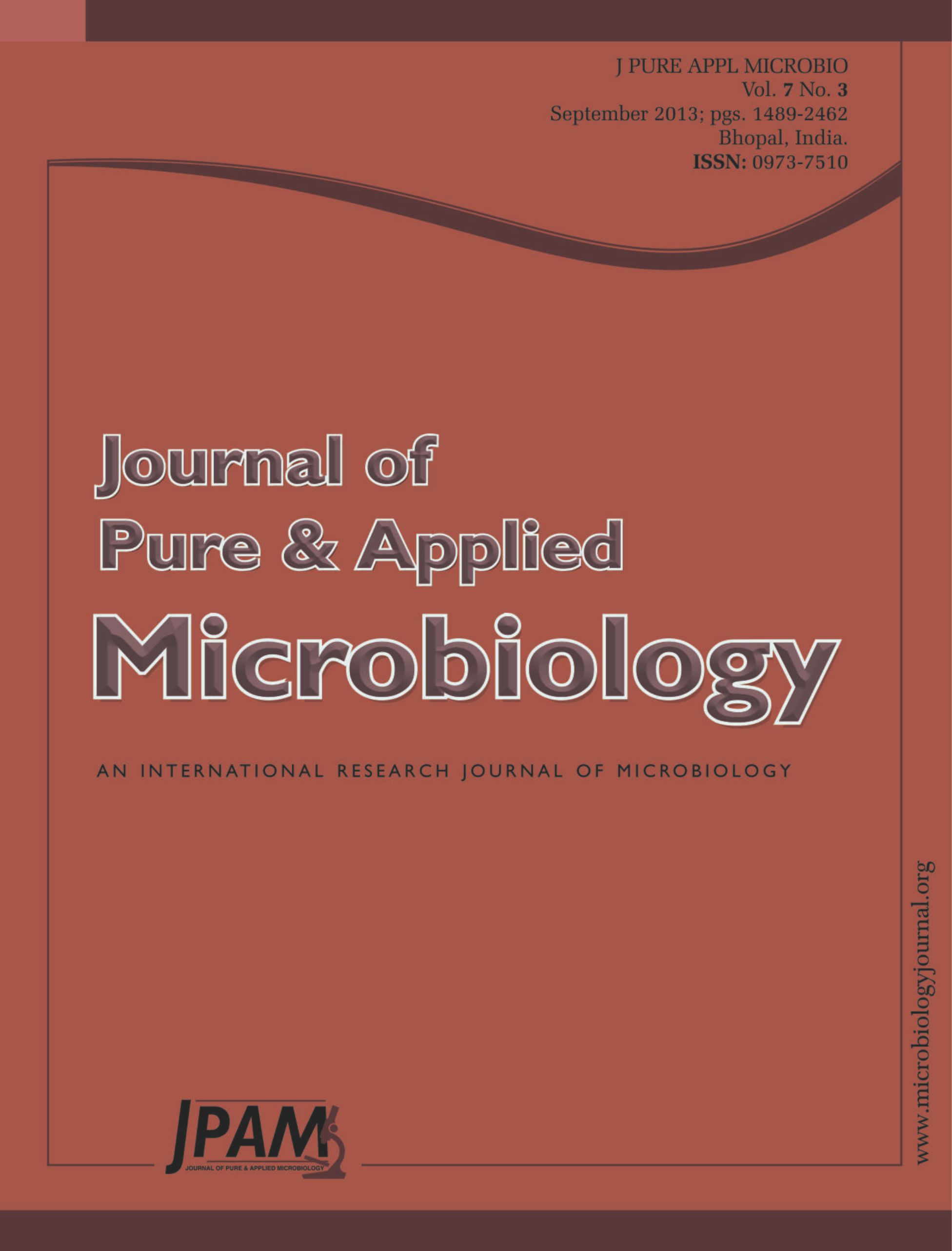In current study the probiotic properties of five strains registered in NCBI database out of 33 isolated Bifidobacteria from traditional dairy products taken from west provinces of Iran were evaluated. The Bifidobacteria had been isolated using specific culture media, identified by a unique enzymatic method followed by amplification of 16 srDNA sequence. The five strains which were used in this study were primarily identified by species-specific primers and characterized using carbohydrate fermentation profile. The PCR results showed that four strains out of five were Bifidobacterium bifidum and one of those was Bifidobacterium lactis. The probiotic safety and efficacy of these isolates including antibacterial activity, tolerance to bile, acid, high concentrations of NaCl, as well as bile salt hydrolysis activity and growth in various temperatures were investigated. All of the tested strains had significant probiotic properties, including hydrolysis of bile salts, tolerance to bile and low acidity and have shown notable antibacterial activity against sal. Typhymurium, S. aureus and E.coli, while none of them had antifungal activity against Candida albicans. The results showed that the strains isolated from native dairy products have good viability in simulated gastric and bile conditions and also considerable probiotic activities and due to lack of the hemolytic reaction and toxic metabolites are safe for human consumption and can be used as probiotic in foods and pharmaceuticals.
Probiotic, Bifidobacterium, assessment, Isolated, properties
© The Author(s) 2014. Open Access. This article is distributed under the terms of the Creative Commons Attribution 4.0 International License which permits unrestricted use, sharing, distribution, and reproduction in any medium, provided you give appropriate credit to the original author(s) and the source, provide a link to the Creative Commons license, and indicate if changes were made.


